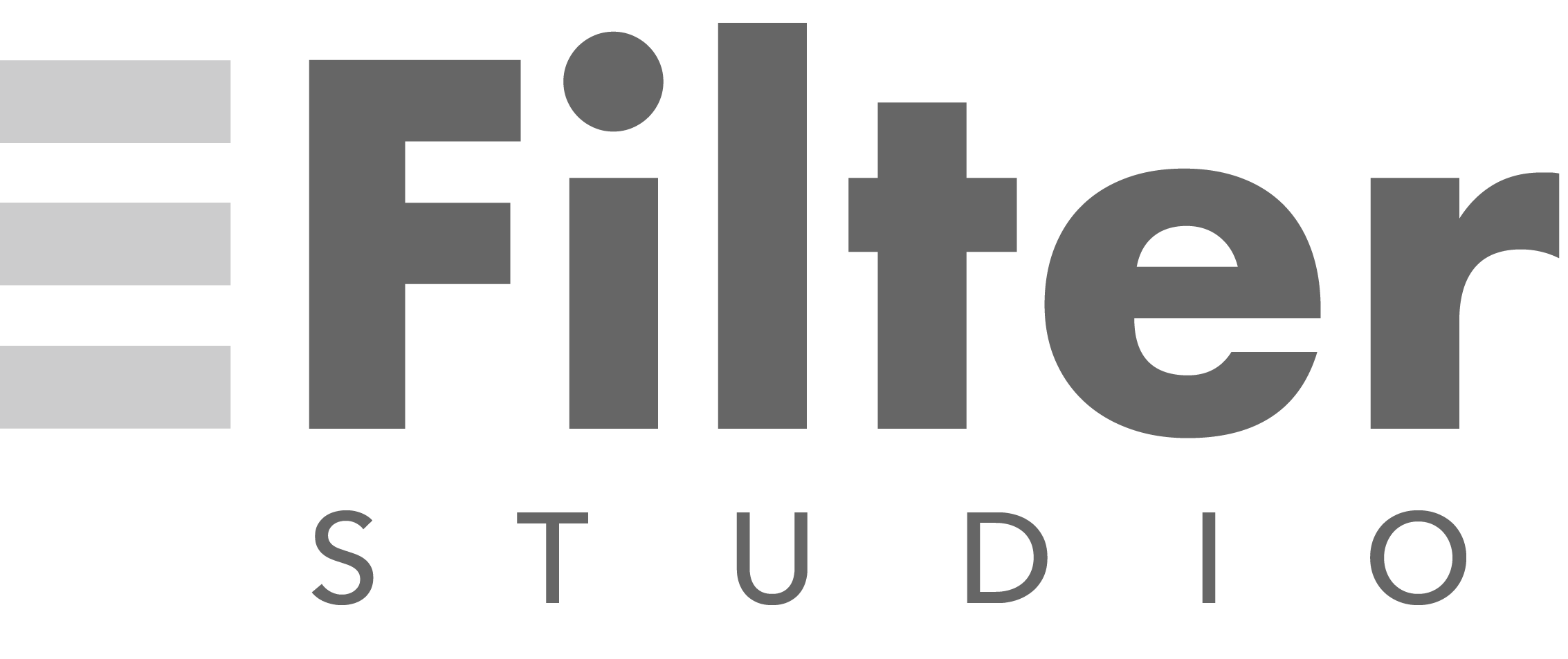Conversations: Tom Newhouse
Our team recently had the pleasure of meeting with Tom Newhouse, a former Industrial Design consultant who focuses strongly on pushing Sustainability both in his work as a designer, and his personal life. Tom recently retired from the consultancy business to pursue his passion in sculpture and fine art, but he still maintains a strong connection with the design community.
As a collective Studio, our relationship with Tom Newhouse grew in the Summer of 2018. Our team was invited to visit Tom’s passive solar powered home, a magnificent piece of architecture with a sustainable mindset built into nearly every detail. Tom built the home in the 1960’s with limited help and a dream of building a sustainable home that, at the time, was unheard of. To read more about Tom’s home, click here.
Green Roof (photo taken by Tim Stoepker)
Tom’s home (photo taken by Tim Stoepker)
A pond built into the Green Roof on Tom’s home (photo from mlive)
During our most recent meeting with Tom, we chatted about his life as a sustainable designer, the challenges that came with it, and how we ourselves can emulate this idea through our design work. As we talked, we compiled a list of his suggested resources and organizations to look into, which we would now love to share with you!
Organizations:
West Michigan Sustainable Business Forum (WMSBF)
Tom Newhouse is a past president of the WMSBF and has been an active member for many years. This organization brings together businesses of all varieties and is “dedicated to promoting business practices that demonstrate environmental stewardship, economic vitality, and social responsibility” (wmsbf.org). Filter Studio now has a membership to the Forum and we are excited to learn more about becoming a sustainable business.
West Michigan Environmental Action Council (WMEAC)
The Council has had 50+ years of environmental action, protecting our lakes, streams and dunes while also teaching others about protecting the environment. The Council holds planning sessions, workshops, and even an environmental book club that meets monthly.
Ellen MacArthur Foundation
This organization has a main mission to accelerate the shift to a circular economy. Their website has a variety of interesting articles and reports related to sustainability and design. It is a wealth of information and a great source for anyone looking to research further into a circular economy.
Books:
Written by Paul Hawken - an environmentalist, entrepreneur, journalist and author. This book is self proclaimed to be “the most comprehensive plan ever proposed to reverse Global Warming” (paulhawken.com). The Drawdown website contains numerous plans of action and interesting articles focused around this topic.
This book was authored by Philip White, Louise St. Pierre, and Steve Belletire. It was written to offer practical methods for designing products, services and systems with a low impact on health (human and environmental). The book is based on the foundations of Ecological Design, taking a holistic view at the full lifecycle of products and services.
Additional Resources:
This website offers many tools to move Design Thinking in the direction of a circular economy. It also gives designers actions they can take to design in a sustainably conscious way.
This website displays a rating system that has been created to certify products as completely sustainable. The process is a difficult one, but may be worth the effort to a world growing more fascinated by the idea of purchasing sustainable products.
We want to say thank you to Tom Newhouse for taking the time to prepare and share these sources with us. Since this meeting, our studio has joined the West Michigan Sustainable Business Forum at Tom’s recommendation and we have spent some time diving into these articles and guides on our journey to creating a more sustainable studio. If you have any other valuable resources or articles that we did not mention in this post, please feel free to share in the comments below!




